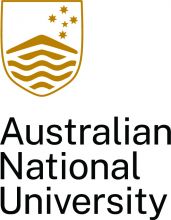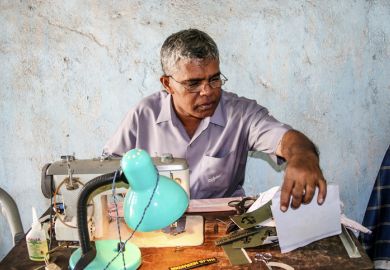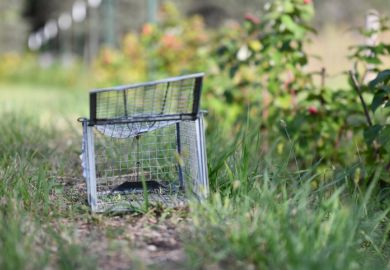Students will be eased back on to Australian campuses and international students could be allowed into the country from July, under plans agreed by the country’s governments.
A “three-step pathway” for relaxing coronavirus-related restrictions, outlined by prime minister Scott Morrison following an 8 May meeting with the state premiers and territory chief ministers, could see students back in classes almost immediately.
Universities would be expected to “increase face-to-face where possible” and “prioritise hands-on, skills-based learning”. Students could be permitted to gather in groups of 10 in the first phase, rising to 20 in stage 2 and 100 in stage 3, with universities’ residential colleges also reopened at that juncture.
Mr Morrison said states and territory governments would decide when to introduce each phase, but the aim was for all jurisdictions to be into the third stage in July.
Gatherings of up to 100 would become the “new normal” for as long as the virus remained a threat, with mass gatherings and international travel subjected to ongoing restrictions. But international students could be exempted as “exceptions, not the rule”.
“They’d have to be carefully tested,” Mr Morrison stressed. “It has to be done according to those strict quarantine restrictions. We would be working with institutions to see how that could be achieved…and how those costs are met. But we’re open to everything, pretty much, to get the Australian economy back and firing again as much as possible.”
South Australian premier Steven Marshall and New Zealand education minister Chris Hipkins have also suggested that their borders could be opened to international students, who would be placed under supervised quarantine for a fortnight on arrival.
Australian National University policy expert Andrew Norton said the approach was sensible. “Without a broader re-opening of borders there [would] be few commercial flights, so charters would be an efficient way of getting students here and into whatever quarantine arrangements are needed.”
Representative body Universities Australia said it was keen to welcome all students back to face-to-face teaching when it proved safe. “Universities have been working closely with government and health authorities around a carefully staged return to campus,” said chief executive Catriona Jackson.
She said the governments’ plans would allow an “early focus” on small and laboratory-based classes. “Students and staff are eager to restart face-to-face learning, but a cautious and gradual approach will be taken. The detailed arrangements will differ from university to university, and from state to state.”
Register to continue
Why register?
- Registration is free and only takes a moment
- Once registered, you can read 3 articles a month
- Sign up for our newsletter
Subscribe
Or subscribe for unlimited access to:
- Unlimited access to news, views, insights & reviews
- Digital editions
- Digital access to THE’s university and college rankings analysis
Already registered or a current subscriber? Login










